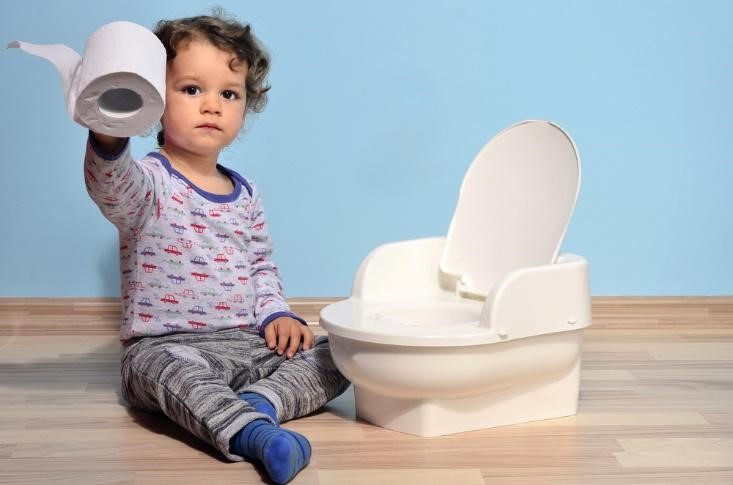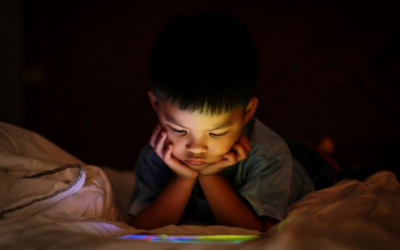With patience and positivity, your diaper-changing days will be over soon
Potty training is one of those early childhood milestones that you look forward to celebrating. The thought of no longer having to buy diapers is thrilling, and the realization that you will no longer need to find public changing tables is exciting, but those parental rewards are hard-earned during the process of potty training.
Potty training requires patience and an understanding; all children reach milestones at different ages and in different ways. You may need to try different approaches before you find one that works for your child and family, but consider the following suggestions as you begin the potty-training process.
When to start potty training
Set your child up for success by starting to potty train when they’re developmentally ready to begin. Generally, most children are ready between 2 and 4 years old, but there are outliers on each end of the spectrum. Signs of readiness include:
- Staying dry for longer: Being able to stay dry for an hour or two is a sign that they are developing bladder control.
- Noticing dirty diapers: If your child starts to let you know that their diaper is dirty, or expresses disgust over a dirty diaper, they may be emotionally ready to experiment with potty training.
- Regular bowel movements: A significant part of potty training involves training yourself to look for signs that it’s time to take your child to the bathroom. Regularity makes that easy to predict.
- Letting you know they have to go: If your child tells you that they have to go to the bathroom or makes facial expressions that clue you into that fact, you both may be ready for potty training.
How to make potty training progress
Once your child is ready, the real work begins. With the right attitude and the tips and tricks featured below, you’ll be making a smooth transition out of diapers sooner than you think.
Show your enthusiasm
Everyone enjoys praise, so lay it on thick as you begin potty training. Let your child know how grown-up they are, how helpful they’re being, how hard they’re trying, and how proud you are of their progress, regardless of how it’s actually going.
Dress for success
Potty training isn’t the time for layers, buttons, and zippers. When you’re relaxing at home and it’s practical to do so, let your child stay undressed. Otherwise, have them wear pants with an elastic waist or skirts and dresses.
Shop for supplies
Keep the excitement level high by having your child help pick out a new potty, new pull-ups or underwear, a progress chart, or small rewards to incentivize success.
Use a gentle voice
You’ll need to remind your child about using the restroom, but be careful not to invite resistance by using a nagging tone. Ask or suggest that they try and don’t engage in a battle over it. When you check for wetness, praise your child if they’re dry but don’t criticize if they’ve had an accident.
Let characters help
Children learn a lot through storytelling and identify strongly with their favorite characters. Find books, movies, and television shows that talk about potty training positively and continue that conversation with your child.
Potty training is a challenge, and you will face some obstacles along the way. If your child is consistently resistant to the idea, back off for a while and approach it with another strategy when you’re both ready to try again. To maximize your chances of potty-training success, wait until your child is developmentally ready to begin, be patient, and stay positive. You’ll be done with diapers one of these days!
The Virginia Infant & Toddler Specialist Network helps improve the quality of care for infants and toddlers through extensive resources, services, and education for caregivers. Learn more about how we can help you improve the standard of care.




